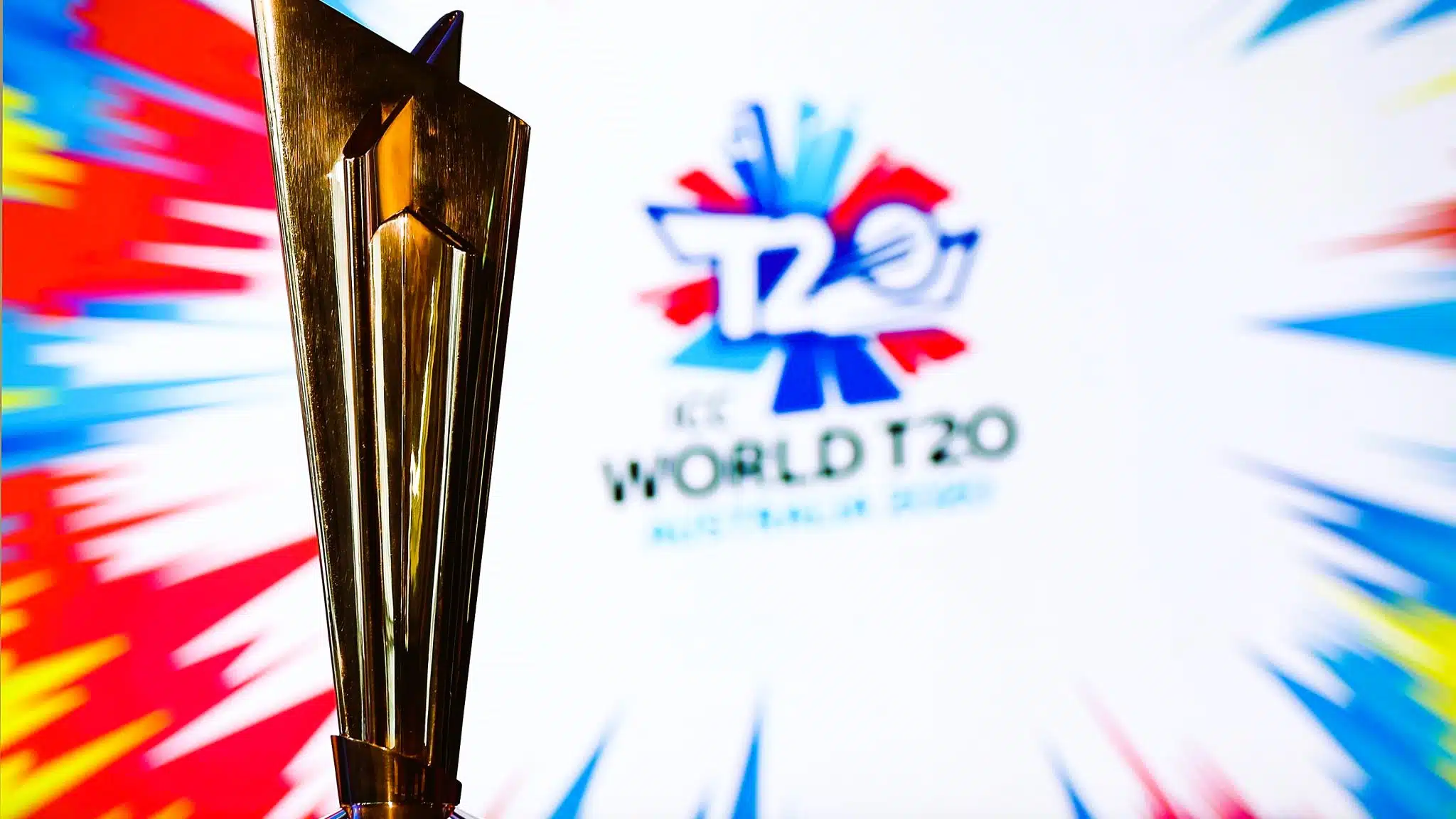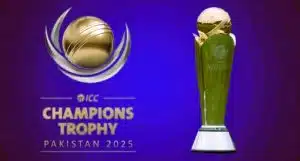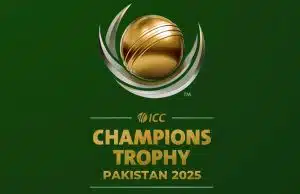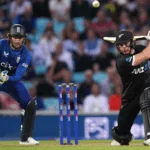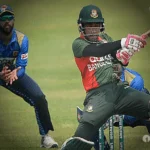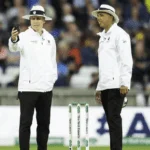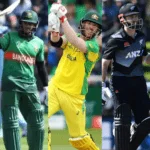Twenty20 or T20 is a shortened format of cricket consisting of 20 overs per side.
The emergence of T20 cricket was due to the lengthy and monotonous nature of Test and One-Day International (ODI) cricket.
In 2001, legendary New Zealand cricketer Martin Crowe first conceptualized the T20 format. In 2003, the England and Wales Cricket Board (ECB) introduced T20 cricket in inter-county matches. ECB’s then-marketing manager, Stuart Robertson, was the one who proposed the T20 format.
Each match has a time allocation of 90 minutes per innings, with a 10-minute break in between, making the total duration of the game about three and a half hours. The first T20 Cup was played in English counties on June 13, 2003. However, the first official T20 match took place at Lord’s on July 15, 2004, between Surrey and Middlesex, attended by 27,000 spectators.
Interestingly, the first international T20 match wasn’t played by men but by women, with England and New Zealand competing on August 5, 2004.
The first men’s international T20 match occurred on February 17, 2005, at Eden Park in Auckland, where Australia defeated New Zealand.
T20 cricket gained immense popularity worldwide after India beat Pakistan in the final of the 2007 T20 World Cup, held in South Africa.
T20 Blast was introduced in England in 2003, followed by the IPL in 2008 in India, the Big Bash League in Australia in 2011, the BPL in Bangladesh in 2012, the CPL in the Caribbean in 2013, and the PSL in Pakistan in 2015.
Bangladesh played its first international T20 match on November 28, 2006, against Zimbabwe.
Both Argentina and Brazil played their first international T20 match on October 3, 2019.

